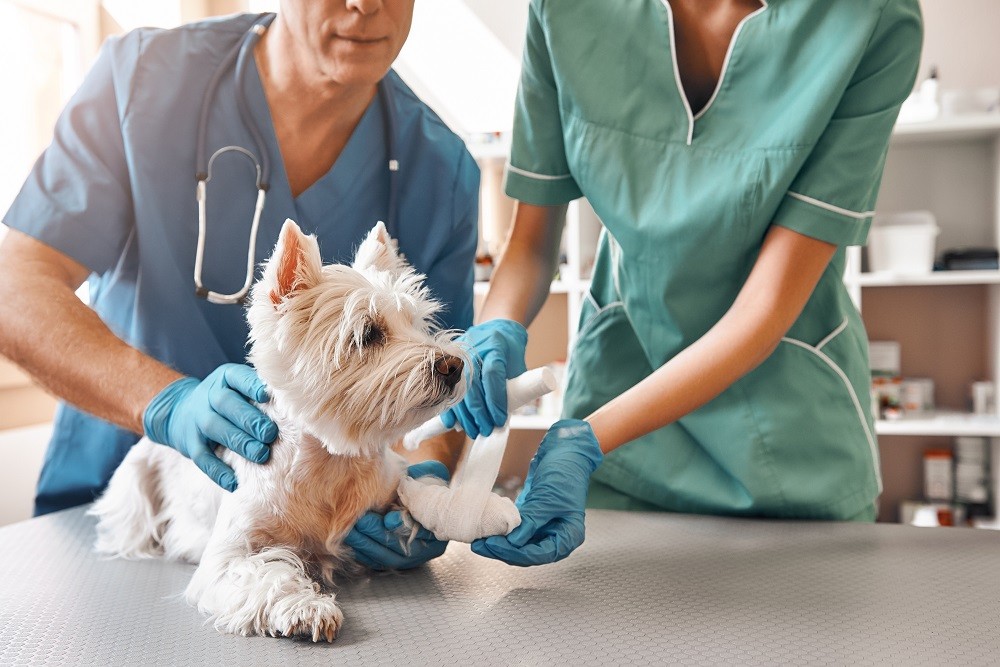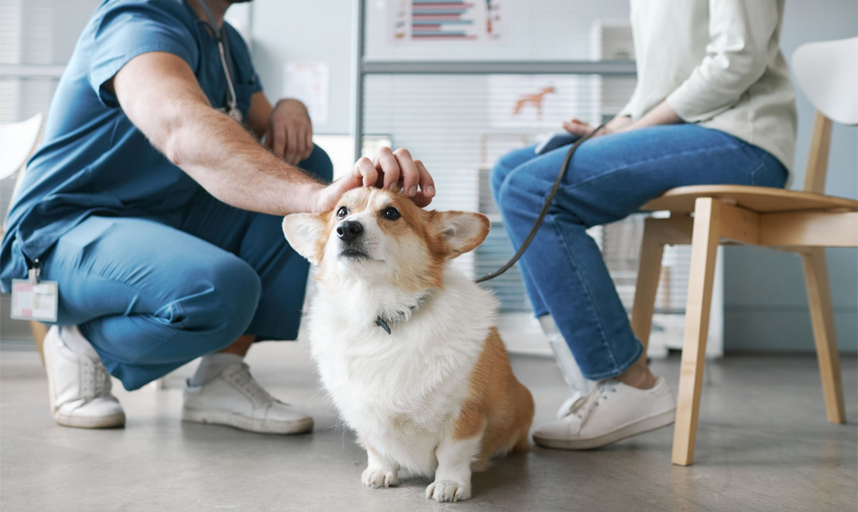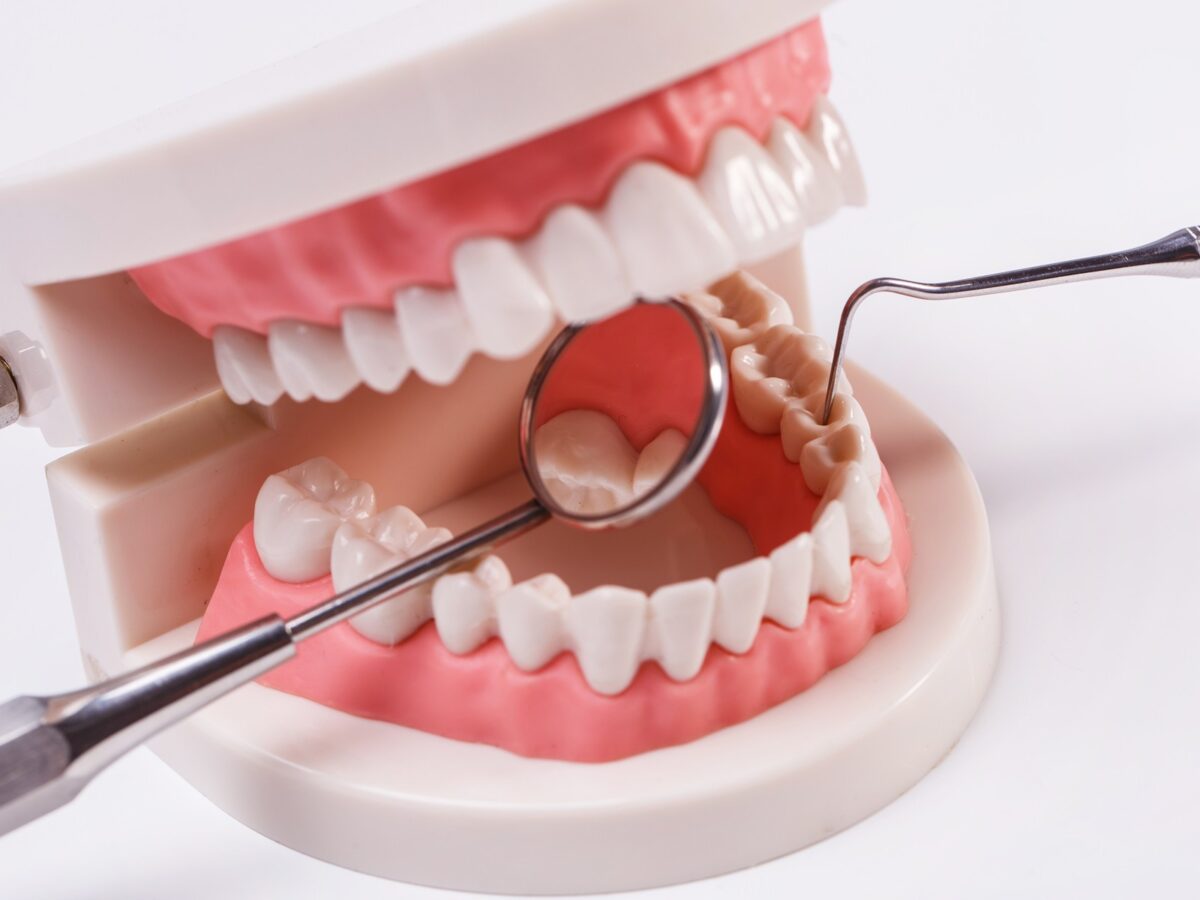You care deeply about your pet. When sudden health issues arise, knowing when to seek emergency care can save your pet’s life. Not all symptoms mean an urgent visit, but recognizing when something is truly wrong is important. You should visit a vet hospital for troubling signs, like difficulty breathing, seizures, or prolonged vomiting. If you notice unconsciousness or sudden inability to walk, these situations also require immediate attention. Trust your instincts and seek help. Facilities such as Kenosha animal hospital are prepared for emergencies. They handle critical situations with skill and speed. Uncertainty can be stressful, but understanding what to watch for can ease your mind. Your quick action could prevent serious complications or even save a life. Remember, when your pet’s condition seems severe or unexplainable, expert care is better than waiting. Stay alert and proactive to keep your pet safe.
Recognizing a Pet Emergency
Knowing the difference between an emergency and something that can wait is crucial. Here are key signs that require immediate vet attention:
- Difficulty breathing or choking
- Continuous bleeding or open wounds
- Ingesting toxins or foreign objects
- Heatstroke symptoms like excessive panting
- Signs of extreme pain like whining or limping
Common Pet Emergencies
It is important to recognize common emergencies. The following are examples that should prompt a trip to the vet:
| Symptom | Possible Emergency |
| Seizures | Neurological issue |
| Rapid weight loss | Diabetes or kidney disease |
| Swollen abdomen | Bloat or internal bleeding |
| Eye injuries | Potential blindness |
| Hives or swelling | Allergic reaction |
When in Doubt, Call the Vet
If you are unsure about your pet’s condition, call a vet. They can provide guidance over the phone. Describe symptoms clearly and ask questions. For a comprehensive list of emergency signs, refer to American Veterinary Medical Association.
Preparing for a Veterinary Visit
Before heading to the vet, collect vital information. Gather vaccination records and any current medications. Write down symptoms and their duration. This helps the vet understand the situation quickly. If time allows, call ahead to inform the clinic of your arrival. This prepares them for your pet’s needs.
Pet Safety Tips
Prevention is key. Keep harmful substances out of reach. Ensure your pet wears proper identification. Regular check-ups help catch health issues early. Visit Centers for Disease Control and Prevention: Healthy Pets, Healthy People for tips on keeping your pet safe and healthy.
Caring for Your Pet After an Emergency
After a vet visit, follow their advice closely. Administer medications as prescribed. Monitor your pet for any changes. Provide a calm and quiet environment for recovery. Ensure they have access to food and water.
Your pet’s well-being is your priority. Quick action during emergencies shows the love and care you have for them. Understanding these guidelines empowers you to make informed decisions. Rely on trusted veterinary care for the best outcomes. Keep these insights in mind to respond confidently to any pet emergency. Your vigilance can make all the difference.





